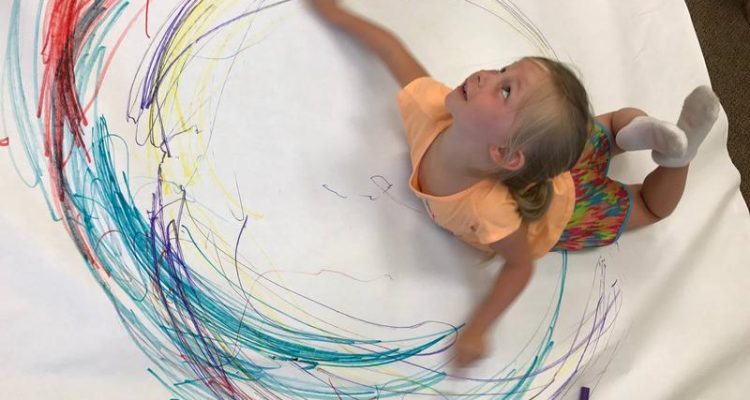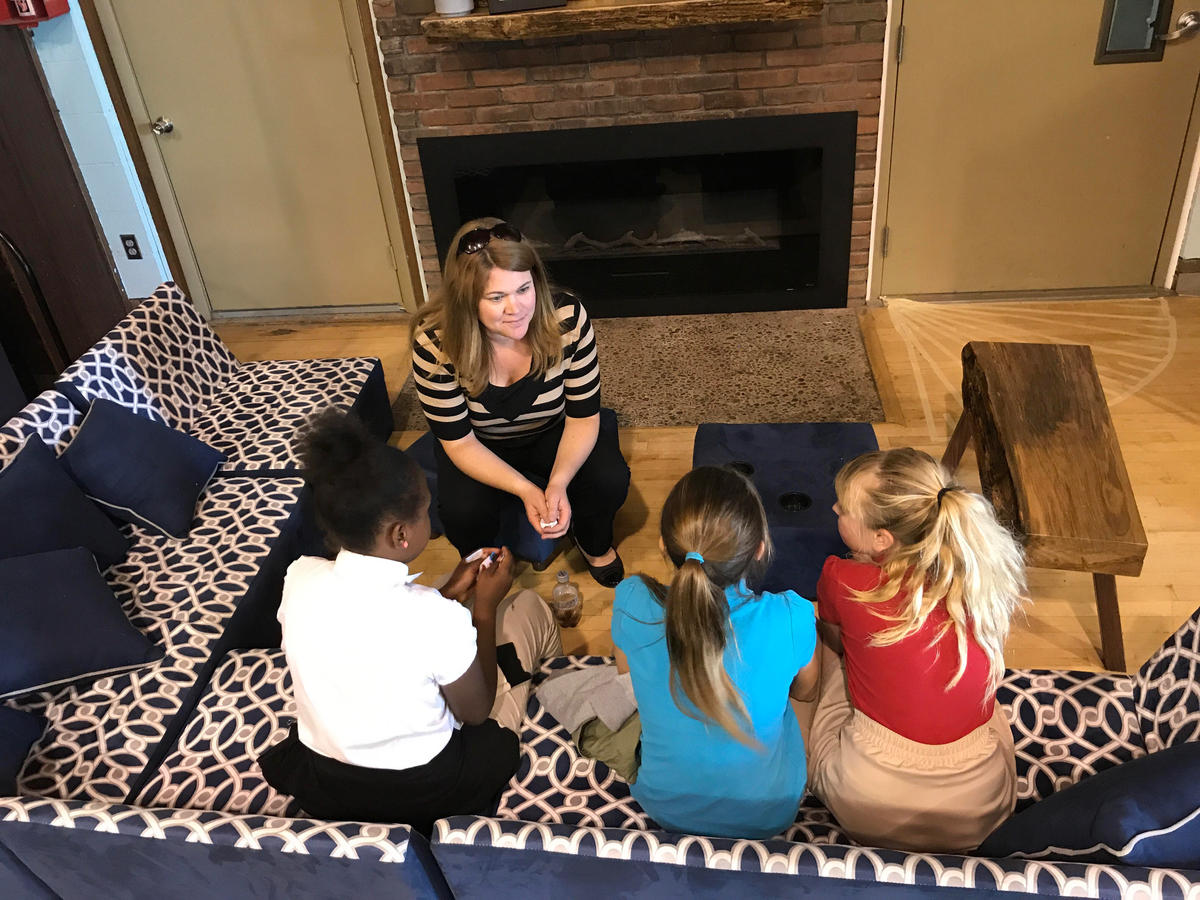As compassion training is becoming more popular in schools across the country, a school in West Virginia is taking on a pilot compassion curriculum project of its own. The goal is to improve student achievement and foster healthier communities by cultivating things like focus and empathy.
Science of Compassion
Dr. James Doty, a brain surgeon in California, is one of the world’s leading experts on the science behind compassion. Doty explains, the scientific definition of compassion is “the recognition of the suffering of another with a motivational desire to alleviate that suffering.” He theorizes that human evolutionary success is tied to our capacity to love and care for each other – and he’s proven that significant health benefits come with kindness.
“What we have found,” Doty said, “is that when you’re feeling as if others love you or care for you, then your physiology works at its best.”
His work is part of a growing body of science that shows cultivating compassion could help people become healthier, drive local economies and improve learning outcomes in schools.
Schooled in Compassion
“For any of us to do our best work,” Liz Hofreuter, head of Wheeling Country Day School, said, “we have to be in the right head space.”
Hofreuter wants to bring more compassion to her town, starting at her school. She hopes Country Day can develop best practices to be used by anyone who works with young children.
She plans to formalize existing compassion curriculum that’s been developing at the school for the past 5 years. The idea is to help students cultivate focus, resilience, empathy and level-headedness.
In practice, compassion training at Country Day looks like taking time between school periods to focus on the sound of a bell ringing out — an exercise designed to gently sharpen focus and listening skills and allow kids to more effectively transition between activities. There’s extra emphasis on nutrition. For example, demonstrating through school lunches how to avoid processed foods. It also means paying closer attention to the physical body by incorporating yoga or basic stretching and breathing exercises throughout the day.
Hofreuter said compassion training is basically physical and social-emotional intelligence training. The concepts are not new, but they are developing. She said students learn to self-regulate and identify emotions so that, instead of being ruled by them, emotions can be used as guides.
“You say to a child, calm down,” Hofreuter said, “but when do you teach a child what that means?”
Hofreuter’s compassion initiative also includes a variety of methods to learn conflict resolution.
“They need to be trained by age 10 how to deal with a hallway in middle school, and the city in high school and college. I feel pretty strongly about that. They need those tools the same way they need reading, writing and math.”
Conflict resolution, Hofreuter points out, is not avoiding conflict, but learning to manage it.
“Kids need problems,” she continued. “They need problems, they need failure, they need to overcome it because they need intrinsic motivation and they need persistence and they need to know they have the fortitude.”
Finding Emotional Fortitude
Alex Thompson is a grade-schooler who’s been a student at Country Day for 4 years who. When asked, he admitted to sometimes feeling overwhelmed at school.
“It’s probably because of the difficulty with always having your friends happy,” he said. “Because you can really never have all of your friends happy with you.”
Alex and his classmates have laminated cards on their desks numbered 1 – 5.
“A five is basically when you are full of outrage and anger — so much anger that you need to be sent home,” Thompson explained. “And a one is basically, you’re happy.”
One of Alex’s teachers, Joe Jividen, said students can use the cards to identify how they’re doing during a lesson. He said the feedback helps him know if he’s getting through with lesson concepts, or if he should make adjustments.
“It’s really cool to hear the language used of a student walking in a telling me at the start of a day, ‘Hey, I’m at a three right now.’ And you’re able to look at them and say, ‘Great, that’s good to know. It’s good for me and it’s good for your classmates.’ ”
Jividen said the cards are making language that’s really difficult to talk about — your emotions — easy for both kids and teachers and other adults.
Teachers like Jividen and kindergarten teacher Claire Norman said the compassion training they’re beginning to exercise is also having some unexpected consequences.
“We see a difference not only in the kids but in ourselves. As teachers, you kind of forget about yourself sometimes and focus more on the kids. Linda and I know how doing yoga makes us feel, so we can only imagine how it makes the kids feel.”
Hofreuter said she hopes that as the program takes off, compassion training will move beyond the classroom and into the home and community as well.
Story courtesy of Weelunk partner West Virginia Public Broadcasting
Accompanying story and audio here: Listen




